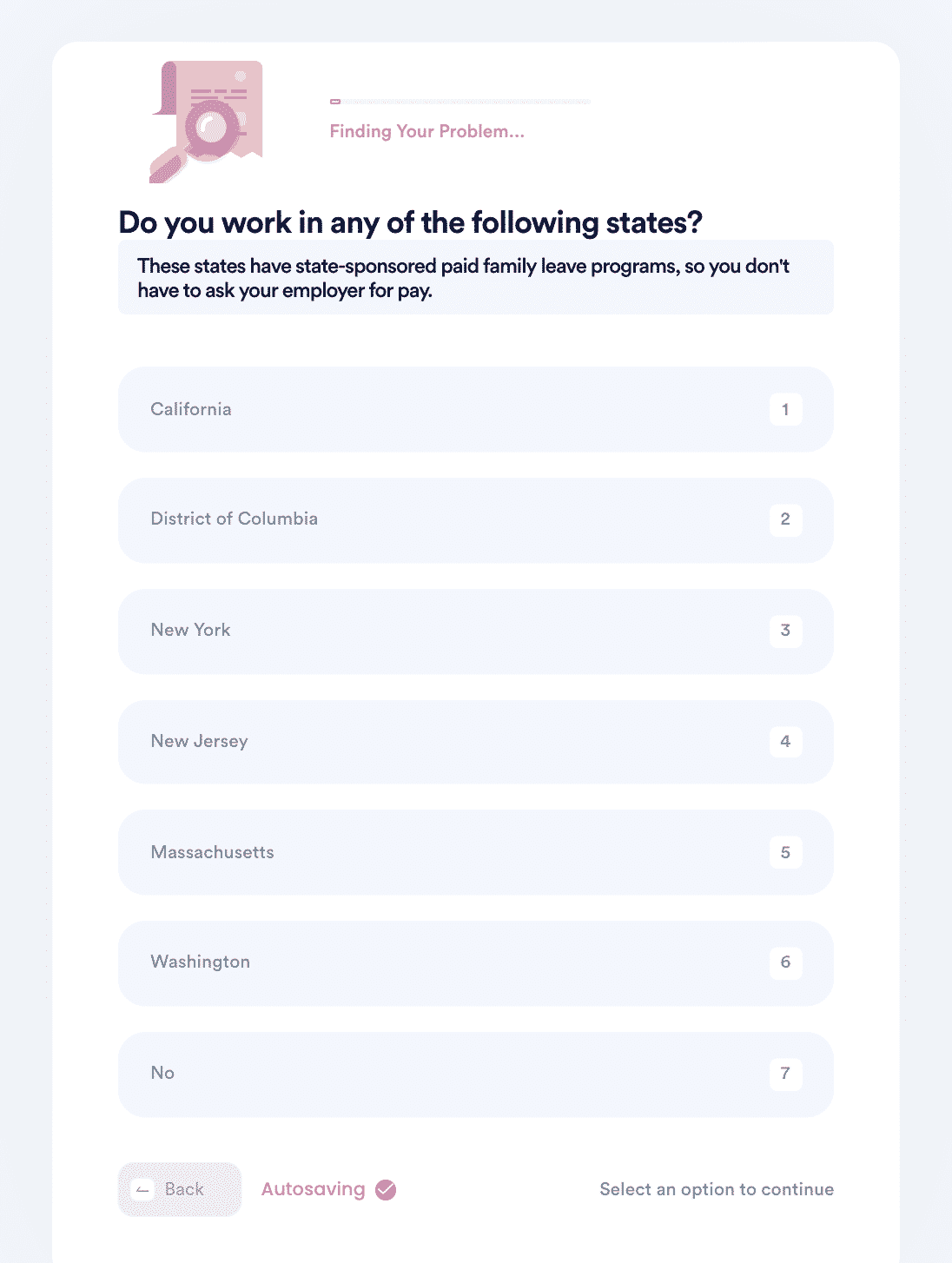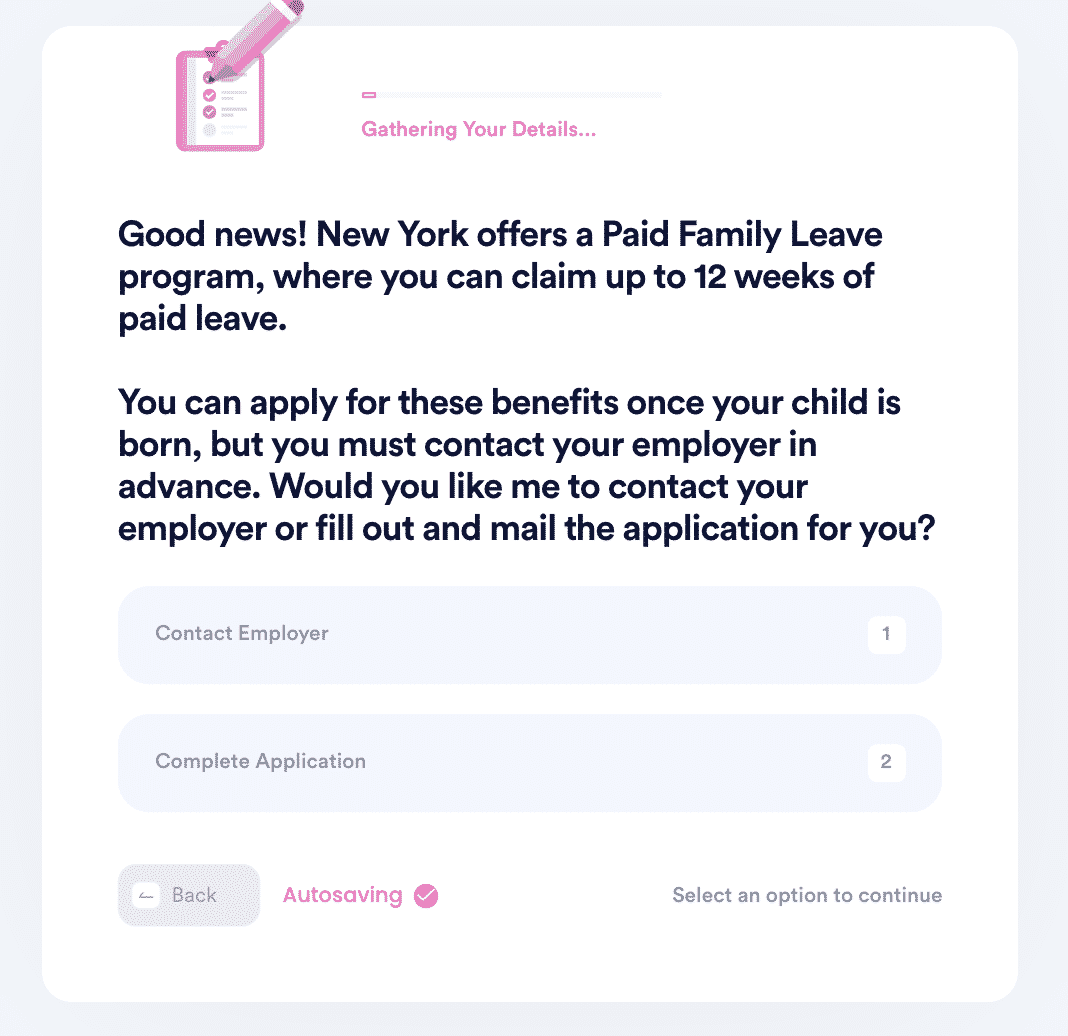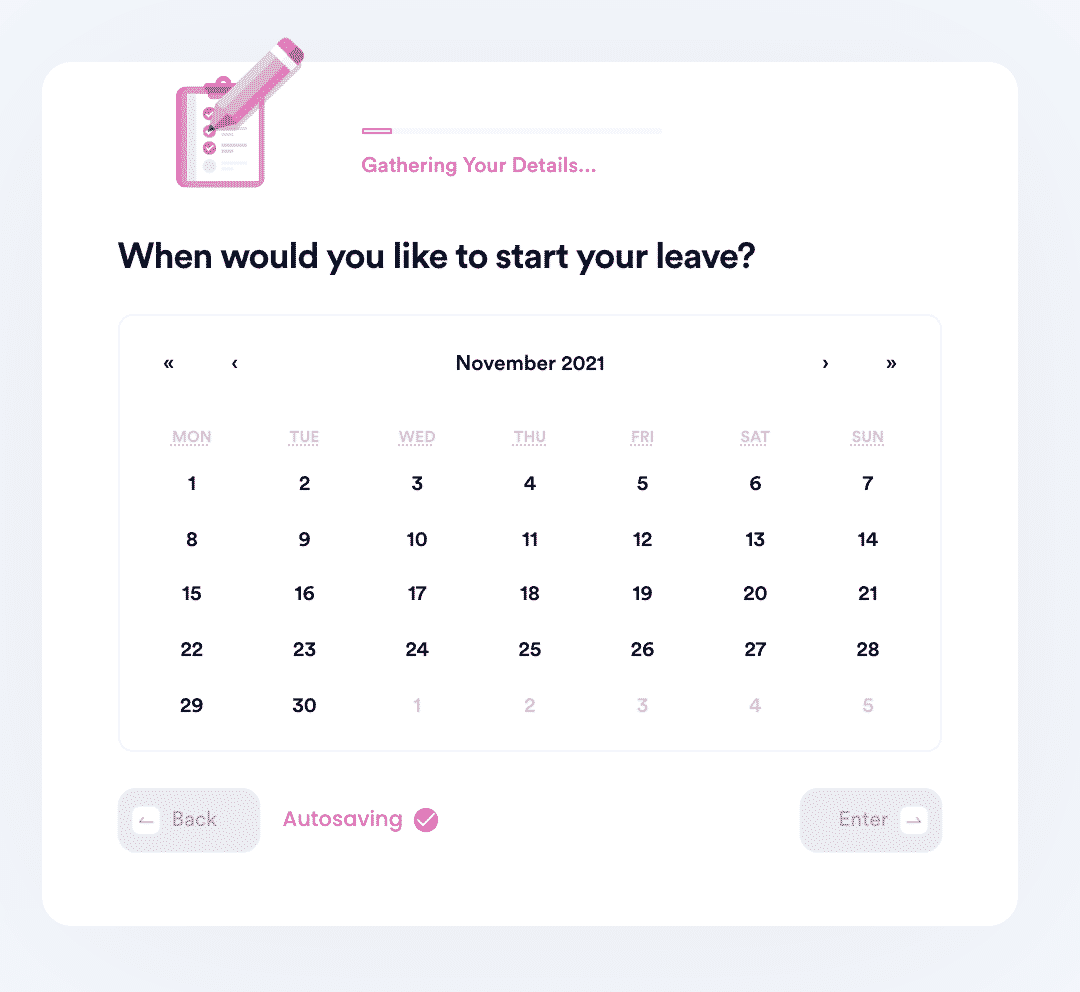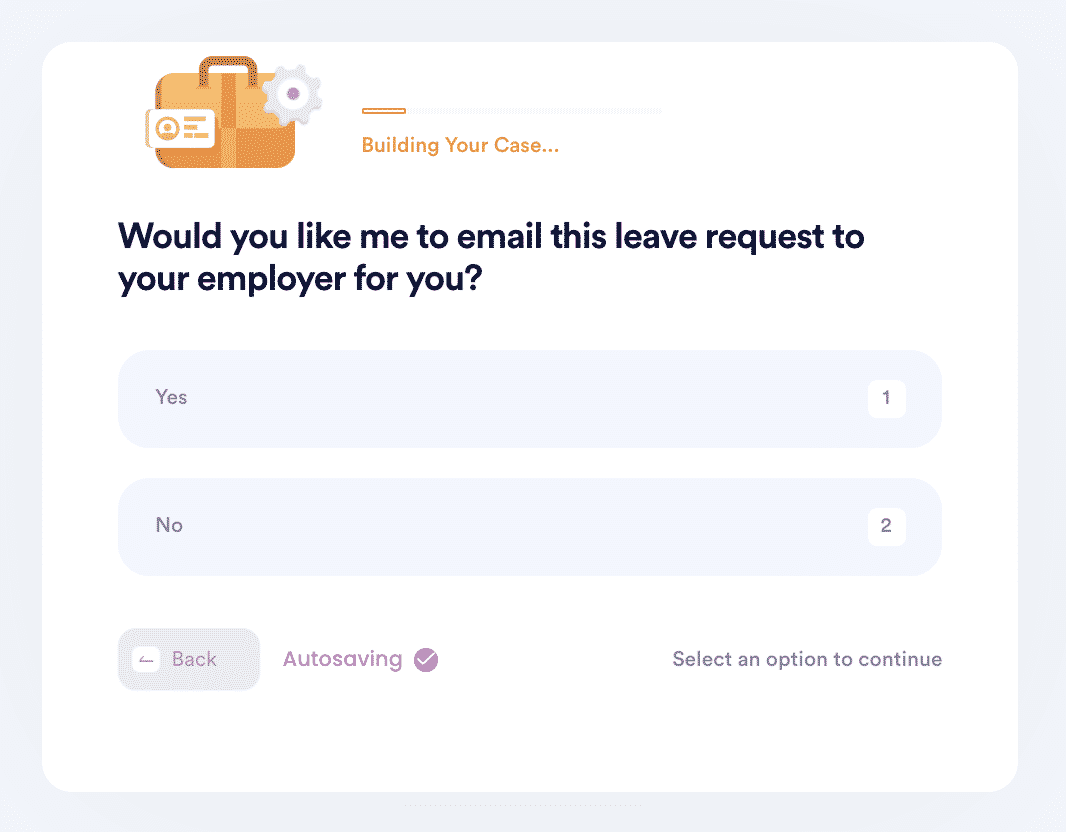How to Request Paternity Leave at Accenture the Easy Way
Are you preparing to welcome your angel to the world and become a new parent soon? Congratulations! Well, have you considered taking to celebrate and bond with your baby in his first days of life? It is important, and you should plan to do so.
Taking paternity leave to be with your newborn baby is the most amazing feeling in one's life. However, working to cater to the many expenses accompanying your bundle of joy is also critical. Therefore, it's prudent to consider taking a paid leave to ensure financial stability during the period.
In the United States, few people take parental leave since not everyone qualifies to receive payment while away. According to an article published by Dr. Petts, an Associate Professor of Sociology at Ball State, a paternity leave decision is influenced by several factors depending on which state you work in. On the other hand, determining your paid leave eligibility is a backbreaking task that needs many follow-ups thanks to DoNotPay, a convenient, automated, and less frustrating way to find out if you qualify for a paid leave.
Who Is Eligible for Parental Leave in the U.S.?
In the United States, several forces influence the decision to take parental leave, so leave-taking is not shared. Depending on your state, paternity policies restrict access to paid parental leave. With the current paternity leave structure, it's imminent to aggravate family inequality, whereby more advantaged families mostly find access to parental leave and all the benefits therein.
In the U.S., most states do not offer government-subsidized parental leave programs. However, some companies in the private sector offer paid parental leave benefits, but it's a federal mandate. For instance, in California, private companies with over 50 employees and all public sectors offer up to 12 weeks of unpaid parental leave.
Paid Parental Leave in the United States
There are a few states in the U.S. that offer parental leave, such as:
| California | Ohio | Oklahoma | Hawaii |
| California | New York | New Jersey | |
| Vermont | Montana | Delaware | Alaska |
| Texas | Massachusetts | Rhode Island | Florida |
| Pennsylvania | Illinois | Kentucky | Ohio |
| Michigan | Tennessee | New Hampshire | Wisconsin |
| Georgia | Oregon | Maine | Arizona |
| North Carolina | Colorado | Hawaii | Indiana |
| Nevada | Virginia | Idaho | Missouri |
| Maryland | Minnesota | Nebraska | Utah |
| Alabama | Arkansas | Mississippi | South Carolina |
| South Dakota | New Mexico | Wyoming |
What Is FMLA?
Family and Medical Leave Act is a labor law that instructs employers of particular sizes to offer their employees unpaid leave to attend to seriously sick family members or any family situations that call for their attention. The following reasons qualify the unpaid leave;
- Foster care placement
- Pregnancy
- Family or personal loss
- Military leave
FMLA also allows continued insurance coverage under the same conditions; insurance coverage should continue as though the employee is not on leave. Under this law, workers should rest 12 workweeks within 12 months.
Medical Conditions Covered by FMLA
FMLA covers serious illnesses such as:
- Alzheimer's disease
- Chronic back conditions
- Cancer
- Diabetes
- Nervous disorders
- Severe depression
What's the Difference Between FMLA/Paid Family and Medical Leave
The table below shows the difference between FMLA and Paid Family and Medical Leave.
| Family and Medical Leave Act (FMLA) | Paid Family and Medical Leave (PFML) |
| It's a Federal law providing job-protected unpaid leave from attending to serious family health and other serious issues. | It's a longer-term leave to care for an ill family member or bond with a new child. |
| After the leave, the employee must return to their job since it involves job protection. | Going back to the job is not guaranteed since there is no job protection. |
| No contributions to remit since it's not a paid leave | Employers collect and remit PFML contributions on behalf of their employees. |
| Up to 12 weeks of job-protected unpaid leave in a calendar year or to attend to a sick family member in the armed service. | Offers up to 12 weeks of paid job-protected family leave, up to 20 weeks of paid medical leave, and up to 26 of combined family and medical leave. |
How to Request Parental Leave by Yourself
Requesting on your own is daunting. You can request online or by phone.
1. Online
You need to create a PFML account for the online application and begin your application.
Once you've created the account, you can proceed to fill in the form provided and submit it to your employer.
2. Phone
The phone application is applicable if you're requesting related military family leave.
You can contact (833) 344-7365 to proceed with your request.
How to Request Parental Leave With the Help of DoNotPay
If you find trouble requesting parental leave on your own, DoNotPay is here to relieve you in the following six simple steps;
- Tell us which state you work in (if you work in CA, NY, NJ, MA, WA, or DC, your state has a paid family leave program).

- Choose whether you want us to apply to the program for you or contact your employer with your leave request. If you want to apply for the program, we will walk you through the questions on the form and mail the application form for you.

- If you want us to contact your employer, enter your leave details, including the starting date, number of weeks of leave, and how many weeks of paid leave you are requesting (for example, you may take a 12 week leave, but only request 8 weeks of paid leave to make the request reasonable).

- Indicate whether you are the birth parent or not (birth parents have a few additional protections).

- Enter the name of your company and the person to address this request to.

- Select whether you want us to email the request to your employer on your behalf.

Why Use DoNotPay to Request Parental Leave?
DoNotPay is
- Speedy—You don't have to spend hours figuring out how to request your parental leave with Accenture.
- Convenient — You don't have to struggle to fill out tedious forms or keep track of all the steps involved in requesting parental leave.
- Reliable—You can rest assured knowing we'll request the paternal leave from Accenture on your behalf.
What Else Can DoNotPay Do?
Other than using DoNotPay to request your parental leave, you can also use it to solve many other problems such as:
- Request Sick Leave
- File a Complaint Against Any Company
- Request Jury Duty Leave
- Small Business Loan Request Letter
Request Parental Leave With DoNotPay
If you have a new little family member that you wish to be with during their first few days, requesting paternity using DoNotPay is the way to go. With our product, we ensure you a smooth and sure process.
 By
By